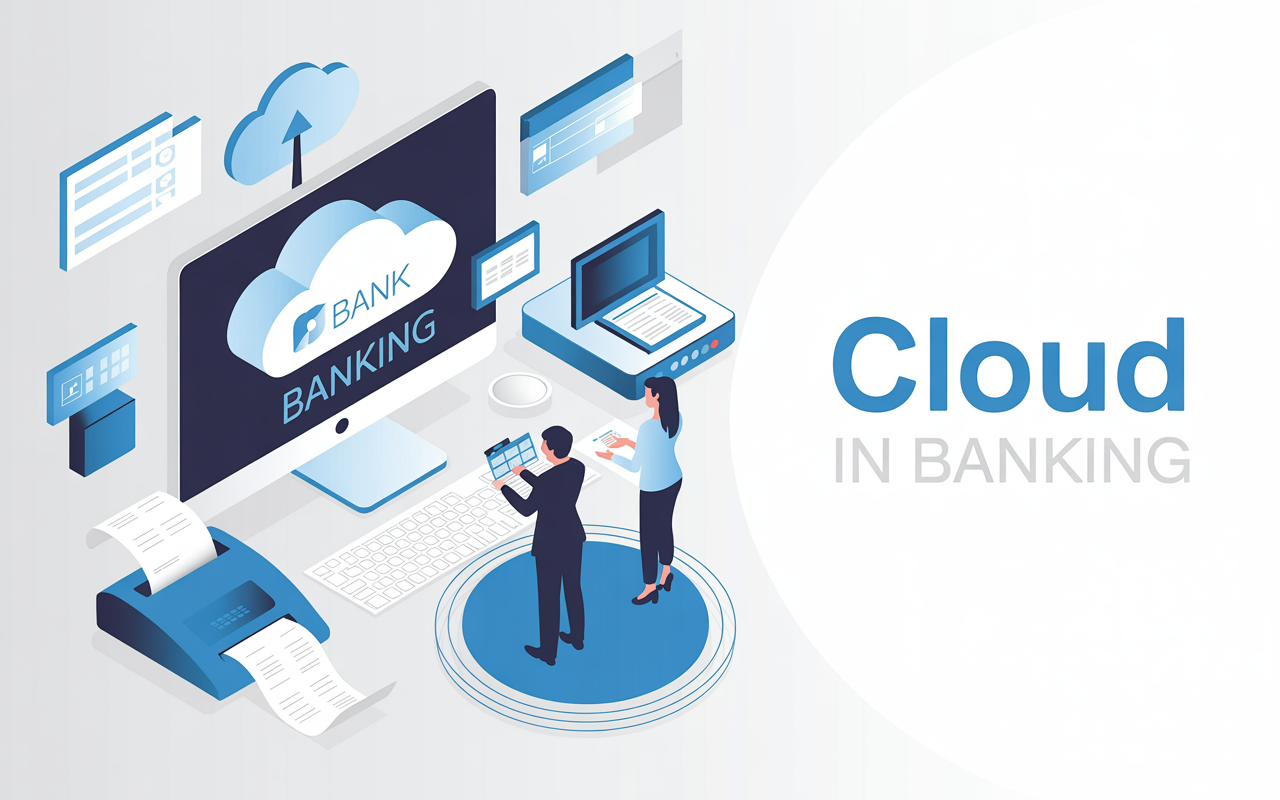
-
API Integration at Scale: Cloud infrastructure supports robust API frameworks, enabling secure data sharing between banks and external developers.
-
Customer-Centric Innovation: By collaborating with fintechs, banks can roll out user-friendly tools like digital wallets, personal finance apps, and investment dashboards—all tailored to modern customer needs.
-
Regulatory Support: Open banking regulations, like PSD2 in Europe, require banks to open up access to customer data. Cloud systems make it easier to manage these requirements, standardizing data handling and access control across multiple players.
-
Plug-and-Play Solutions: Cloud-native fintechs can integrate quickly with banks’ systems, slashing time-to-market for new features.
-
Co-Development of Products: Banks and fintechs now collaborate on cutting-edge offerings like robo-advisors, buy-now-pay-later (BNPL) services, and hyper-personalized lending tools.
-
Shared Infrastructure: Operating on the same cloud platforms enhances interoperability, reduces friction, and promotes co-innovation across the ecosystem.
-
Real-Time Data Processing: Traders gain access to real-time market data, improving the speed and accuracy of execution.
-
Advanced Risk Modeling: Cloud-based AI tools allow banks to simulate complex financial scenarios, helping them mitigate market, credit, and operational risks with unprecedented speed.
-
Global Connectivity: Cloud platforms empower investment teams across continents to collaborate, supporting 24/7 trading and portfolio management with shared tools and dashboards.
-
CRM and Deal Tracking: Cloud-based CRM systems streamline the management of deal pipelines and client interactions, offering real-time insights across teams.
-
Secure Data Rooms: Virtual deal rooms hosted in the cloud allow confidential document sharing during mergers, acquisitions, or fundraising rounds, accelerating deal timelines.
-
Analytics-Driven Insights: By harnessing cloud-based machine learning, banks can identify investment opportunities, assess client needs, and deliver highly targeted advisory services.
-
Digital-Native Operations: From core banking systems to customer-facing apps, cloud-native banks are built for continuous delivery, releasing new features in weeks—not months.
-
Cost-Effective Scalability: Without the burden of expensive legacy infrastructure, cloud-native banks can scale operations seamlessly, adjusting to market demand without bloated overheads.
-
Rapid Innovation: DevOps and agile practices, supercharged by cloud tools, let these banks pivot, experiment, and innovate at a pace traditional players struggle to match.
-
Anywhere Operations: Cloud enables remote access to tools and systems, allowing banks to recruit top talent globally and support hybrid work models.
-
Automation of Routine Tasks: Cloud-hosted AI automates time-consuming processes like onboarding, compliance checks, and document verification, freeing up human employees for higher-value tasks.
-
Upskilling and Collaboration: Virtual learning platforms and innovation labs hosted on the cloud enable banks to train, upskill, and connect their workforces, fostering a culture of continuous improvement.
-
Data Sovereignty: Banks must ensure that customer data stays within required jurisdictions. Cloud providers now offer regional data centers to comply with data localization mandates.
-
Transparent Governance: Clear policies around data handling, access, and auditability help banks maintain trust while navigating regulations like GDPR or CCPA.
-
Continuous Monitoring: Built-in security tools monitor cloud environments in real time, detecting and mitigating risks before they escalate.
-
Zero-Trust Architecture: Cloud environments enforce strict access controls, minimizing the risk of insider or external breaches.
-
Disaster Recovery: Integrated backup and recovery solutions ensure operational continuity, even during cyberattacks or outages.
-
Third-Party Risk Management: Banks actively monitor the security posture of their cloud providers and fintech partners, ensuring resilience across the entire ecosystem.

Pacific Data Integrators Products
Pacific Data Integrators Offers Unique Data Solutions Leveraging AI/ML, Large Language Models (Open AI: GPT-4, Meta: Llama2, Databricks: Dolly), Cloud, Data Management and Analytics Technologies, Helping Leading Organizations Solve Their Critical Business Challenges, Drive Data Driven Insights, Improve Decision-Making, and Achieve Business Objectives.




